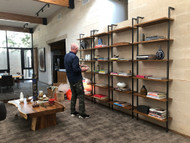Five Suggestions for Super Shelves
Sep 3rd 2020
Here are some simple suggestions to transform your shelves from tragic to terrific. You’ll achieve a look that’s curated yet polished.
Shelves Aren’t Just for Books Anymore
Shelves in today’s home whether case goods or buit- in are often not traditional bookshelves. They can be much taller and wider than a traditional literary tome and so may call for a mixture of larger books and objects to do justice to the volumes.
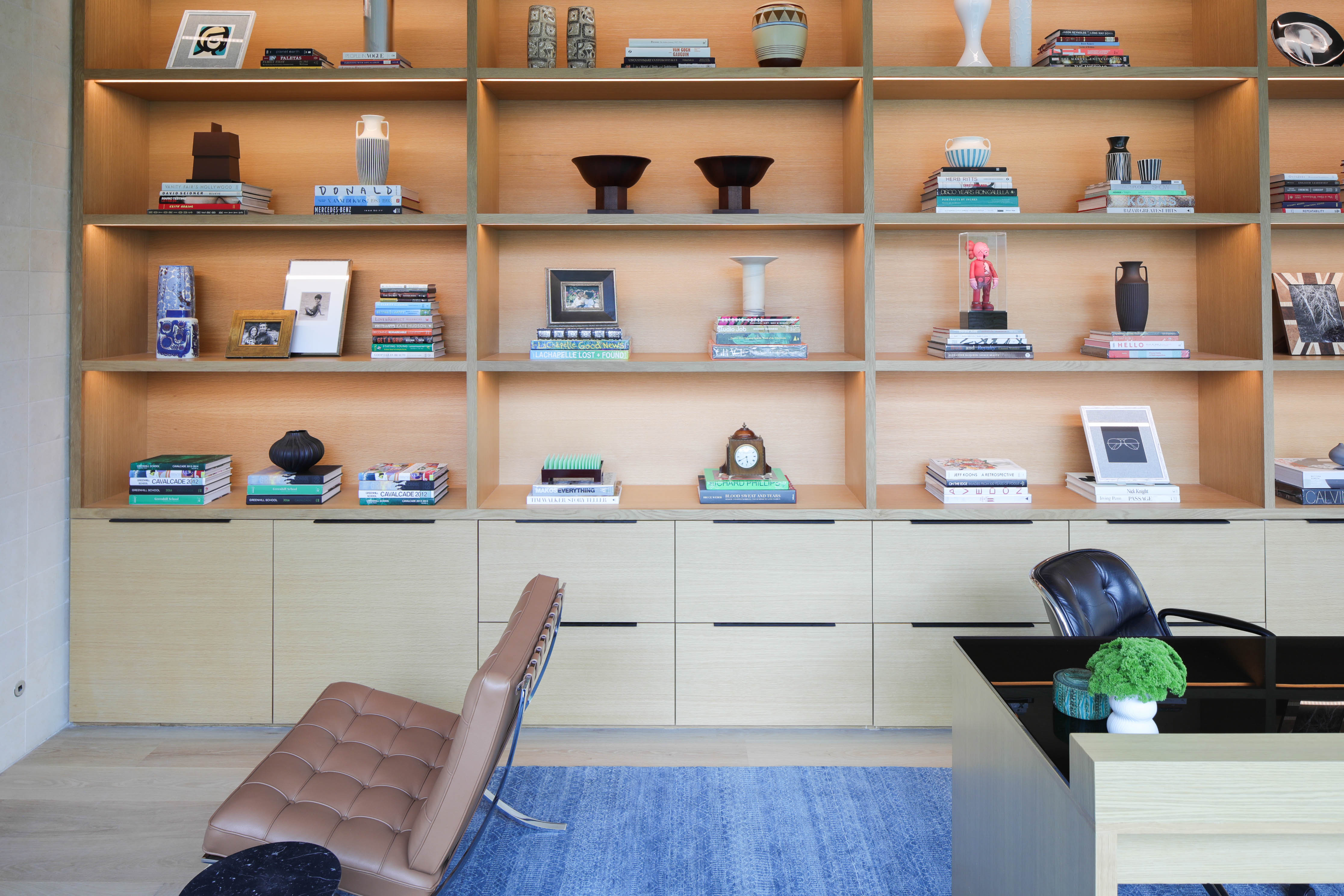
Architect/Designer: M Gooden Design | Photo: Parrish Ruiz de Velasco
Think Like a Graphic Designer
Create an organizing principle by dividing the shelves visually into columns. I like to make my columns equal to the size of a larger art book laid on its side plus room in between the columns. You don’t have to follow the columns slavishly. In fact, deviating from them occasionally will make your display seem more collected over time.
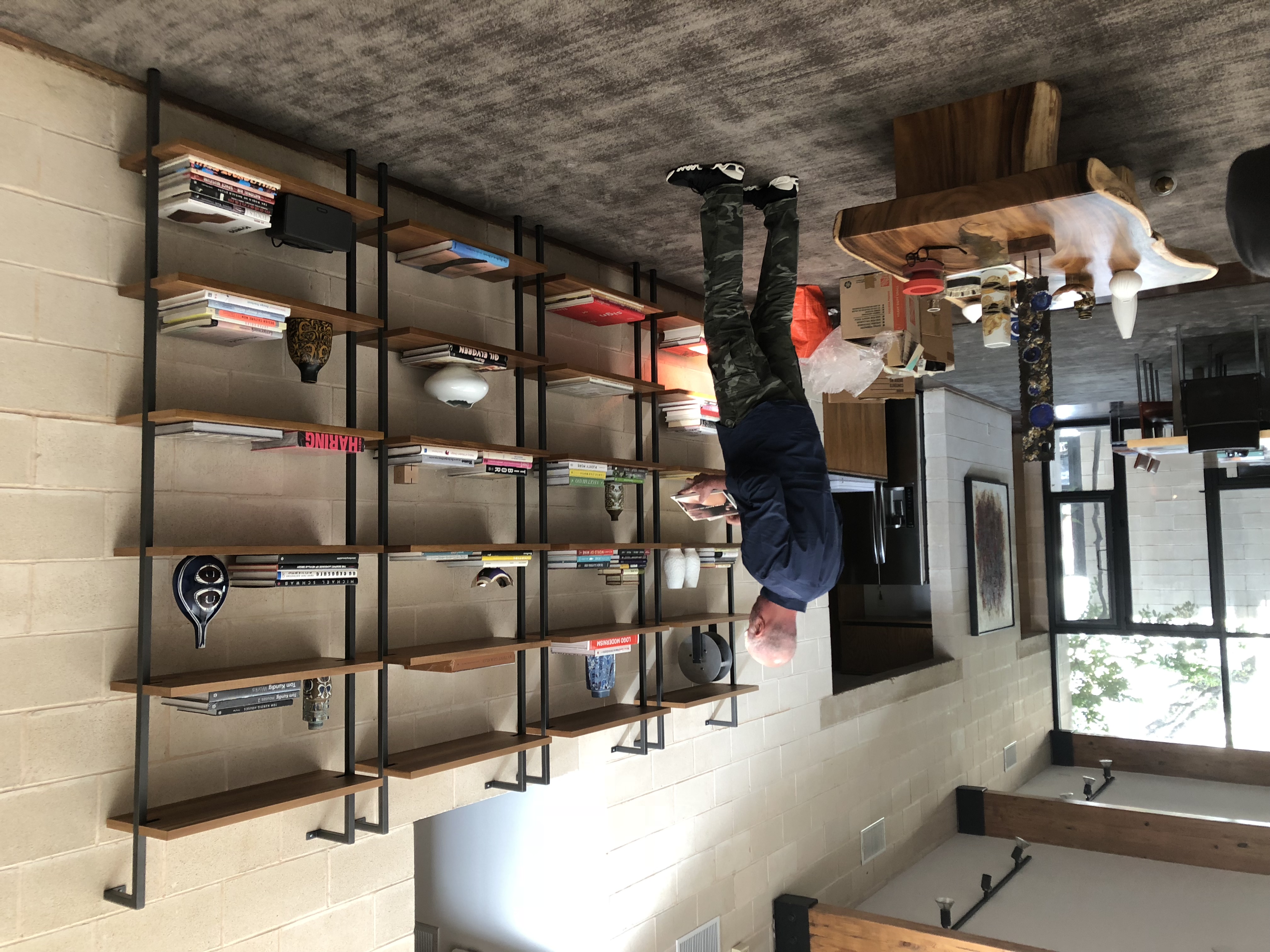
Interior Design: Alice Cottrell with Gary Hatch
BOOKS!
I almost always use art books stacked flat in the libraries I create. I think it’s more visually appealing than vertically arranged books, and it creates platforms on which to display objects. Stack your books from largest on the bottom to smallest on top to keep them organized enough to avoid a chaotic look.
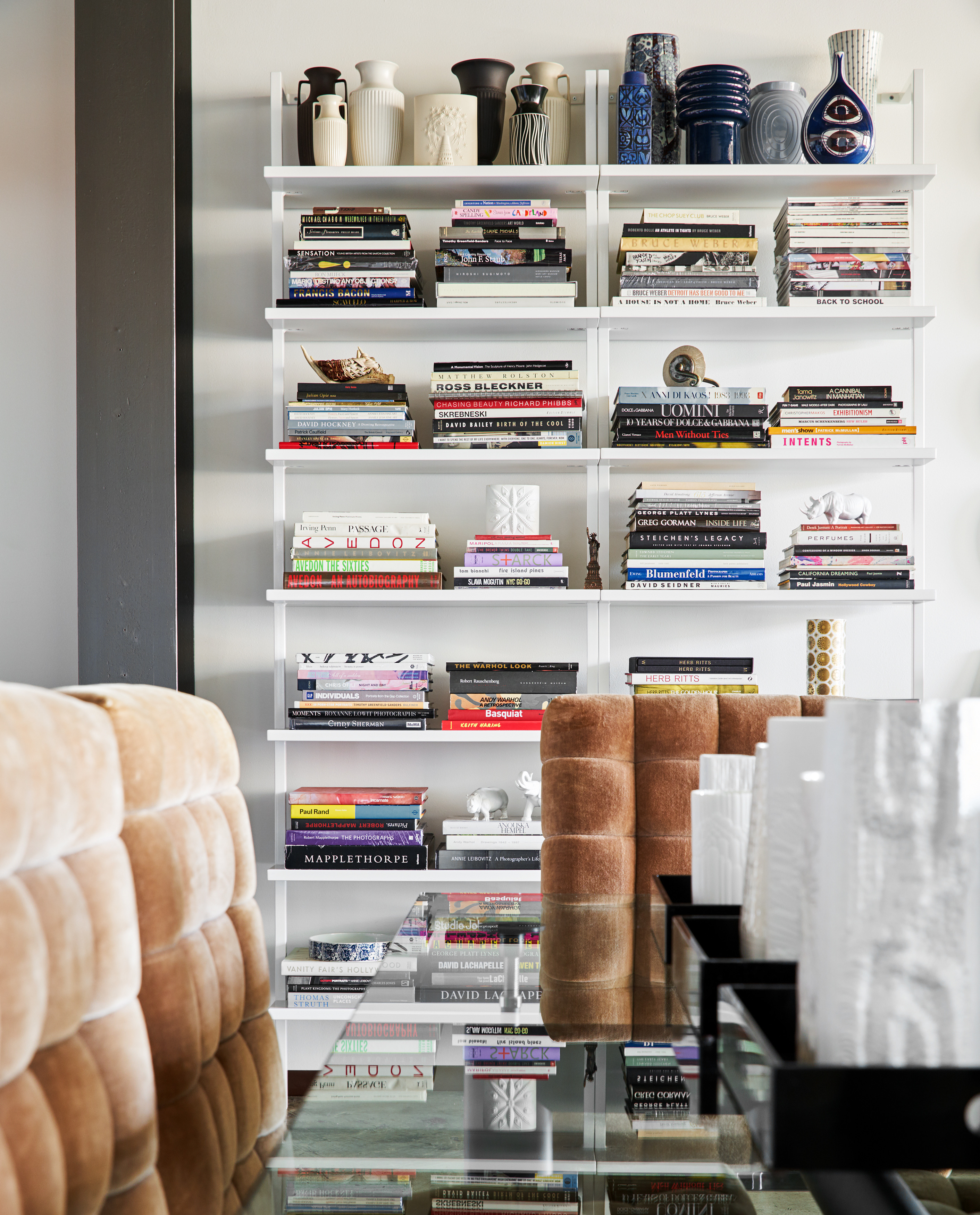
Interior Design: Alice Cottrell | Photo: Stephen Karlisch
I’m Not That into Books
Some shelves are actually better with more objects. This vintage Harvey Probber-designed wall unit is a great example. The column rule still applies, but books are used sparingly and mostly on the bottom or lower shelves. Choose objects you’ve been gifted or those you’ve collected from your travels. With this white wall unit, I chose primarily black and white objects and used books as hits of color. The objects are 19th through 21st century design icons – from Wedgwood urn [upper right] to the contemporary George Jensen bowl [lower right]. Some are dear and others less so. The designer cleverly hung a super flat Art TV in the middle section that reads as a framed picture. Incorporating art into shelving is a great tool for wide open spaces in shelving.
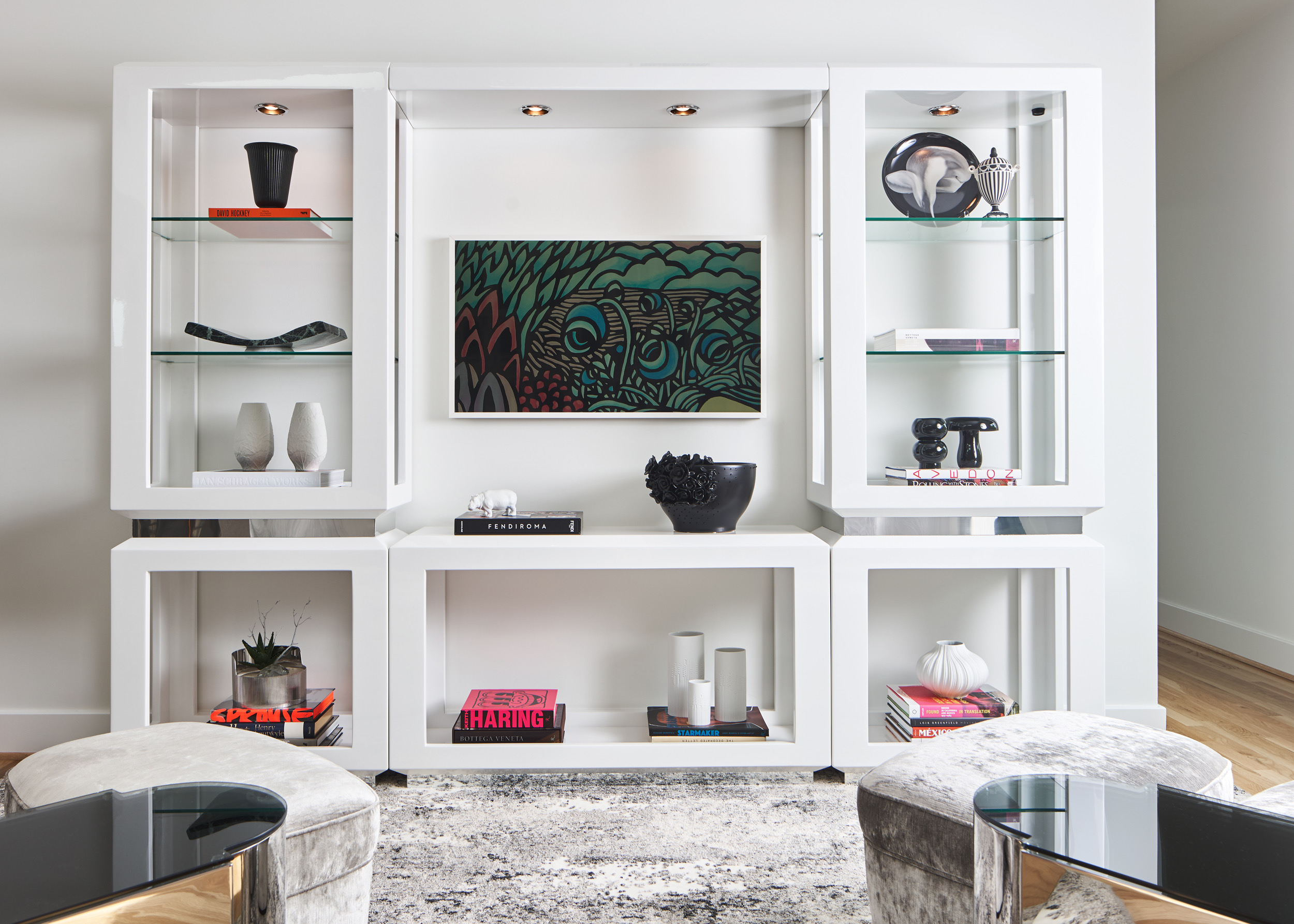
Interior Design: Alice Cottrell with Gary Hatch | Photo: Stephen Karlisch
Don’t rush it
For my money, I’d rather have sparsely styled shelves and add books and objects that have meaning for me than purchase a pile of ready-made objects from a local home store. Then in your travels, shopping trips, internet surfing, etc., you’ll have a goal in mind – finding things for your gorgeous shelves.

Interior Design: Joshua Rice | Photo: Robert Tsai
